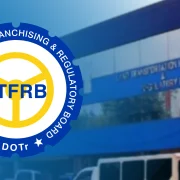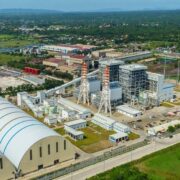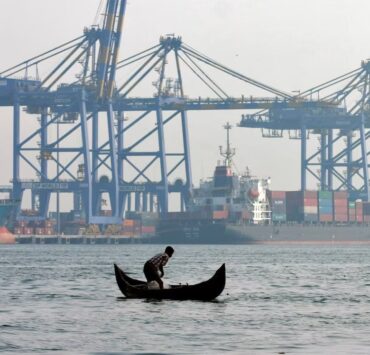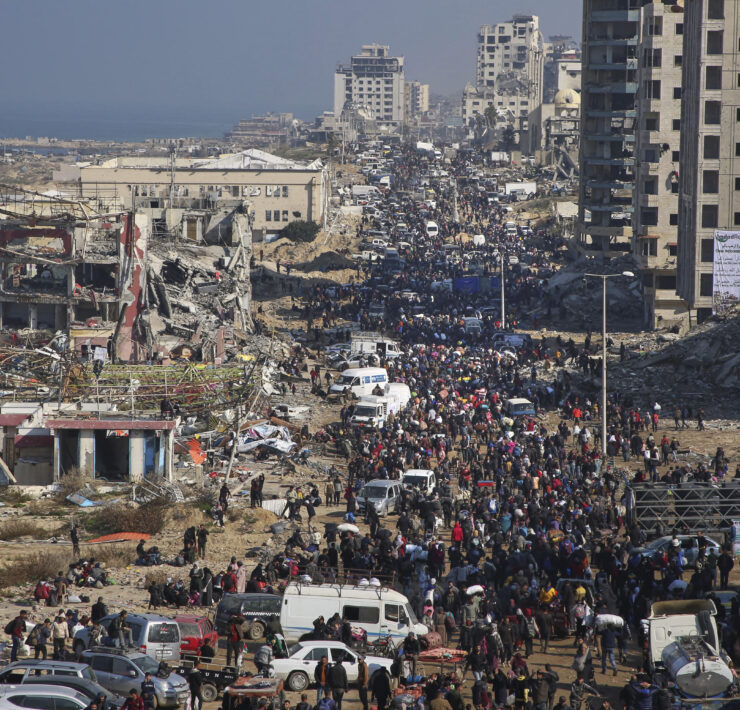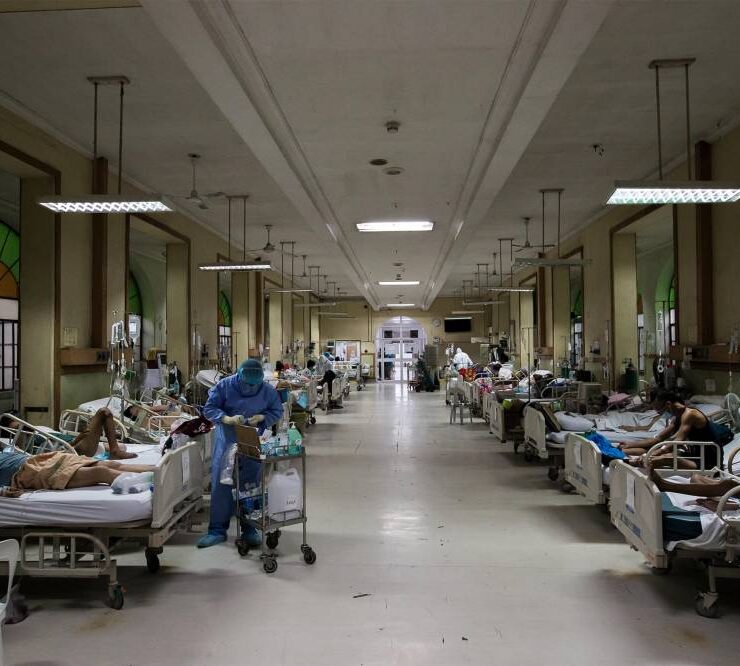Sky-high rents have Mumbai residents living on the edge
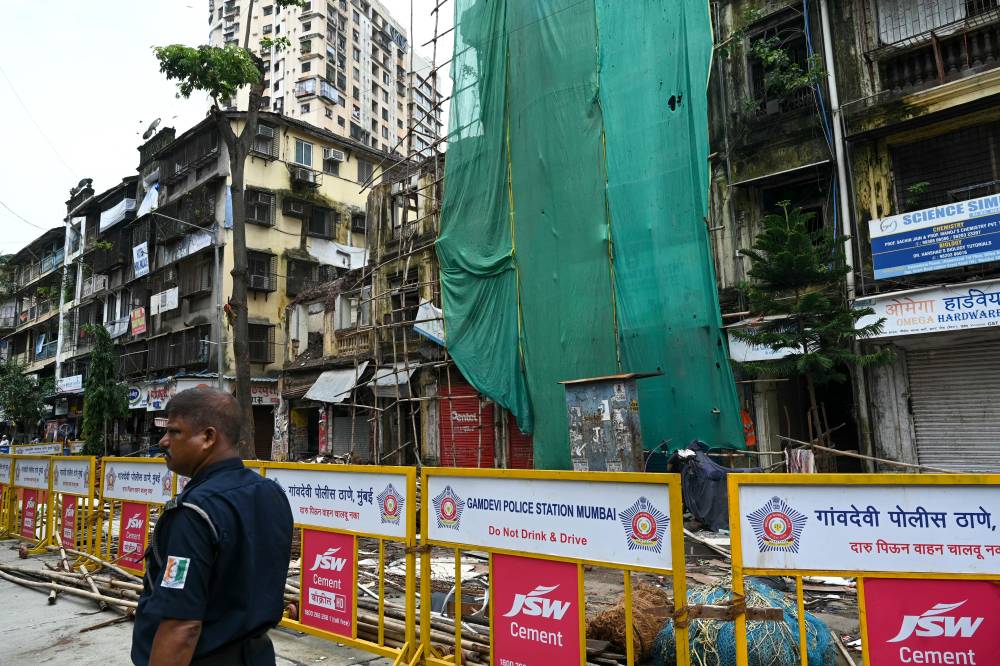
MUMBAI — Among the swanky skyscrapers of India’s financial capital Mumbai, hundreds of dangerously dilapidated buildings facing demolition are crowded with families risking their lives rather than braving impossibly high rents.
When torrential monsoon rains lash the coastal city each year, some of the decrepit colonial-era buildings come crashing down — often with a heavy loss of life.
“It was like seeing a biscuit that crumbles after you put it in tea,” said office worker Vikram Kohli, recalling how he narrowly missed being killed when a four-storey building partially collapsed in July.
City authorities had red-flagged the century-old building in the megacity’s bustling Grant Road area for repairs three years ago.
The government issued a “warning notice for evacuation” in June — but residents ignored it.
“No one vacated the premises”, the state housing authority said.
When the building collapsed, one passerby was killed, four were injured and the fire brigade had to rescue 13 people trapped inside.
Vaishnav Narvekar, who ran a simple cafe on the ground floor, said he had been “expecting” it to collapse — just not so quickly.
It was the “worst feeling”, he said.
‘Dangerous and dilapidated’
But that is only one case among many in the densely populated city of about 20 million people.
More than 13,000 buildings require “continuous repair” to stave off collapse, the state’s Maharashtra Housing and Area Development Authority (MHADA) said.
Of those, it lists nearly 850 buildings as being “dangerous and dilapidated” and “not recommended for repair”.
Many are apartment blocks packed with residents, suggesting more than a hundred thousand people could live in buildings at risk.
Scores are crushed to death each year when buildings collapse, their walls weakened by rainstorms which climate scientists say are increasing in intensity.
Mumbai, the home of glitzy Bollywood stars and billionaire business tycoons, is in the midst of a major infrastructure drive, including highways, metro lines and bridges.
But the government says its affordable housing budget is stretched, leaving many tenants determined to stay put in unsound dwellings.
‘Our lives are here’
“Where should we go if we left?” asked one tenant in the suburb of Ghatkopar, in a building listed as “dangerous”, asking not to be named for legal reasons. “Our lives are here.”
Mumbai has the highest rental rates in India, with the median rent for a one-room apartment estimated at $480, according to the Global Property Guide.
Top-end rents can be a dozen times higher than that.
Owners complain restrictive rent control laws mean some long-term tenants pay legacy rent fees far lower than market rates, so they do not have the funds to invest in repairs.
Tenants fear landlords will evict them, promising compensation, and then fail to pay.
“Builders who will profit from redevelopment need to make sure we are adequately compensated,” added the tenant, who pays 800 rupees ($9.50) for a 46-square-meter (500-square-foot) apartment.
In a three-storey building in Ghatkopar classified as “dangerous”, Jayesh Rambhiya rents a small apartment for around 500 rupees a month.
Rambhiya, who grew up in the building, said he would consider leaving if offered compensation since he’d have to pay around 10 times more for a similar apartment nearby.
“This is our right,” he said.
AFP is one of the world's three major news agencies, and the only European one. Its mission is to provide rapid, comprehensive, impartial and verified coverage of the news and issues that shape our daily lives.






